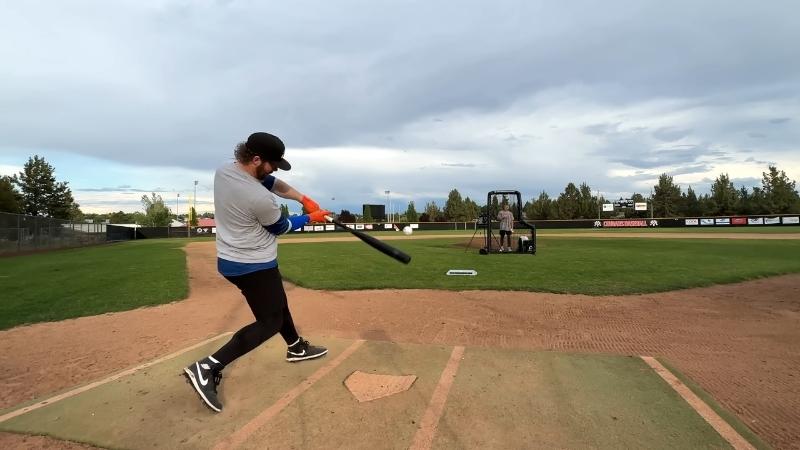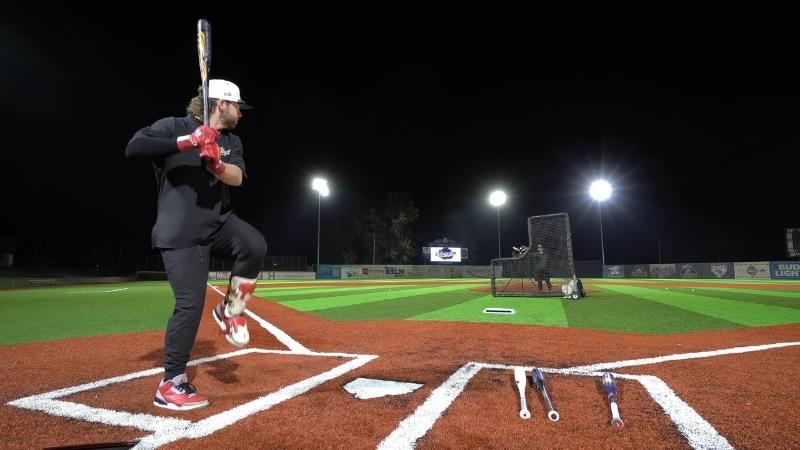BESR (Ball Exit Speed Ratio) bats ruled high school and college baseball until safety concerns forced a nationwide shift. These bats changed how the game looked and felt. They turned average players into sluggers. They filled box scores. But they also put players in real danger.
What BESR Actually Measured

BESR focused on the speed at which the ball exited the bat after contact. The formula involved bat speed, ball velocity, and rebound. It did not measure the trampoline effect of a bat. Instead, it created a speed cap based on lab conditions. Manufacturers designed aluminum and composite bats to push performance to that cap.
- Average ball exit speed with BESR bats: 100 to 105 mph
- Typical wood bat exit speed: 95 to 98 mph
A 5 to 7 mph increase meant a 10 to 20 percent decrease in a fielder’s reaction time. That gap changed everything at the plate and in the field.
Why BESR Bats Got Banned
In 2009, a 16-year-old high school pitcher in California died after a line drive hit him in the head. The bat involved met BESR standards. His death was not the first. But it became the turning point.
Medical reports and physics experts confirmed that the speed of the ball left no time to react. Pitchers and corner infielders were the most exposed. Coaches, parents, and athletic directors pushed governing bodies to act.
The NCAA and NFHS (National Federation of State High School Associations) reviewed performance data. They found that BESR bats created an environment where defense could not keep up with offense. By late 2010, the shift became official.
BBCOR Replaced BESR in 2011

BBCOR (Batted Ball Coefficient of Restitution) changed the standards. It measured the trampoline effect—the actual springiness of the bat when the ball hits it. A BBCOR bat limits the rebound energy to levels similar to wood bats.
Key differences:
- BESR measured exit speed after contact.
- BBCOR measures energy lost in the bat-ball collision.
- Maximum BBCOR rating: .50
- Typical BESR bats exceeded that level by 10 to 15 percent in live play.
BBCOR bats also had to meet strict moment-of-inertia requirements, which reduced swing speeds and bat whip.
Impact on Game Stats After the Change
The NCAA released hard data after the switch.
2010 (BESR)
- NCAA Division I batting average: .301
- Home runs per game: 0.94
- Slugging percentage: .448
2011 (BBCOR)
- Batting average: .282
- Home runs per game: 0.52
- Slugging percentage: .395
The drop was immediate. Home runs fell by 45 percent. Batting averages dropped by nearly 20 points. Strikeouts increased. Pitchers gained the edge. Small-ball tactics returned. Teams had to work for runs.
Injury Risk and Ball Speed Studies
The Society for American Baseball Research study compares head injury risk between wood, BESR, and BBCOR bats. The findings confirmed that BESR bats produced higher ball speeds at lower swing effort, exposing pitchers to lethal impact zones with minimal warning.
- BESR average exit speed: 105 mph
- BBCOR average exit speed: 97 mph
- Head injury threshold: 85 to 90 mph impact
- Reaction time needed at 60.5 feet: 0.39 seconds (BESR) vs. 0.44 seconds (BBCOR)
That extra 0.05 seconds made the difference between survival and serious trauma.
Public Push and Legal Response
After several incidents, some states proposed bans before the national governing bodies acted. Some schools banned BESR bats months before the deadline. Lawsuits followed, forcing manufacturers to defend their product designs.
Consumer advocacy groups cited the lack of transparency in BESR performance claims. The rise of platforms like ConsumerShield pressured the industry to accept accountability and promote new testing standards.
Last Words
BESR bats created a power-driven era in amateur baseball. The offense surged. Fans loved the excitement. But safety fell behind. Pitchers became targets. The game moved too fast for the human body to handle.
The BBCOR standard restored balance. It aligned technology with skill. Offense returned to being earned. Reaction times reached safe thresholds. Equipment matched the purpose of amateur sports.
The fun never had to come at the cost of safety.

